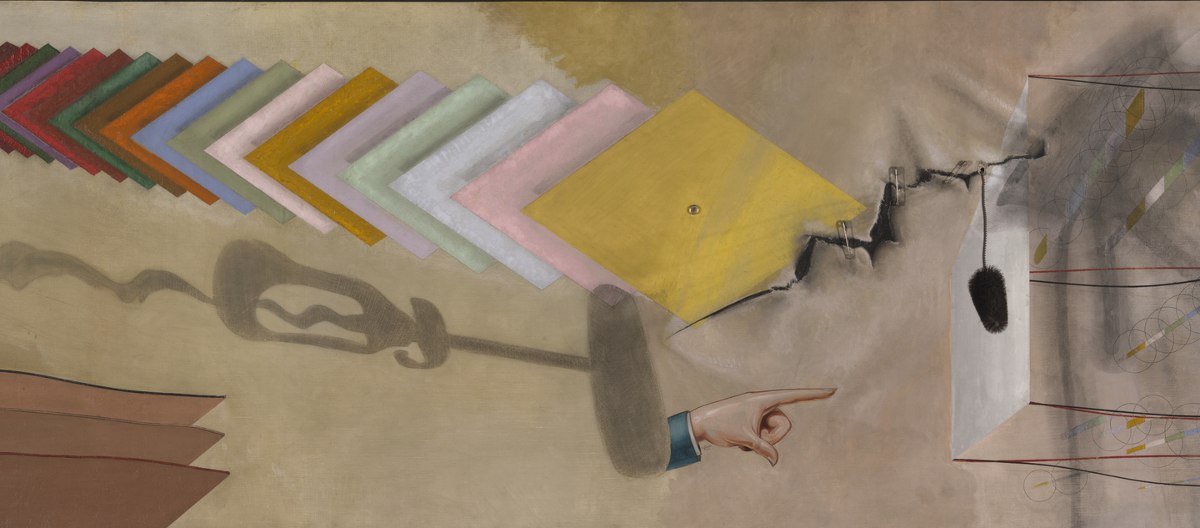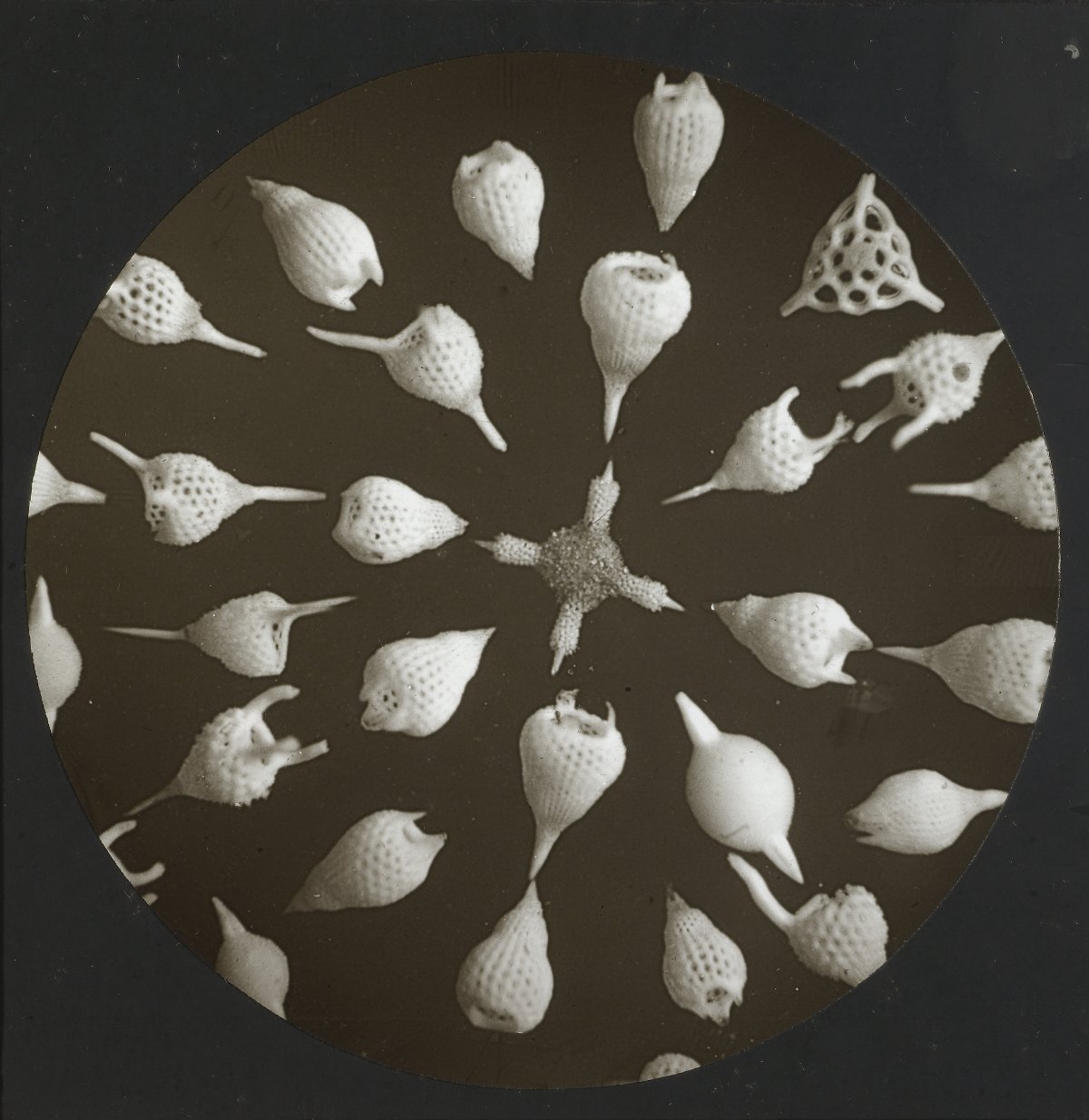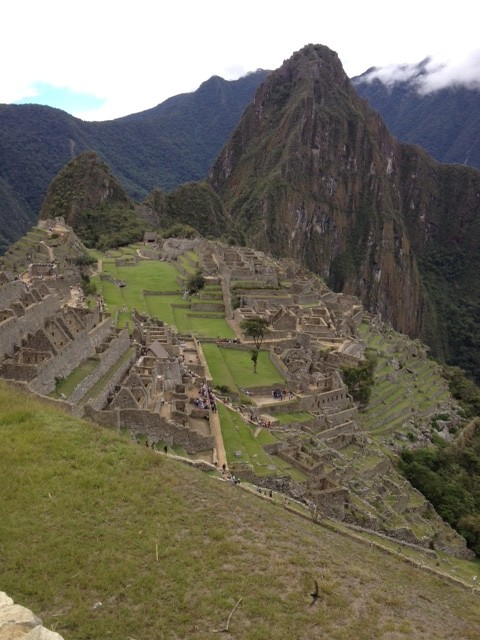Tag: Artie Egendorf
Taming Tourette
When I was 30 years old, I was diagnosed as having Tourette syndrome (TS).
It was a huge relief to me to finally have a name for what had been tormenting me since I was about 13 years old. I was also depressed to know that I would be dealing with this neurological disorder for the rest of my life.
Letting Go and Letting In
It seems like we always have to let go of stuff. As babies, at some point, we have to give up our pacifiers or security blankets. As young adults, we have to let go of our dependence on parents and become independent. As we grow older, we need to let go of our defensiveness in order to let in constructive feedback. Over the course of our lives, our security blankets and dependencies change, but we Read More
Awareness with Acceptance
Call it serendipity. Call it luck. Call it random events that just happened to be connected. Call it anything you want, but I just experienced a strange coincidence that boggles my mind a bit. I had been thinking about a new post (yes, that’s what I do with most of my free time) about the notion of awareness and acceptance. Incidentally, my process for writing posts is to latch onto an idea from something I have read, Read More
THIS and That
After reading a plethora of books on science and spirituality, it strikes me that science attempts to explain things to us and spirituality encourages us to experience events within us. The real conflict between the two is the difference between explanation and experience. Scientists want to explain our experience and spiritualists want us to experience our explanations.
The History of Great Ideas
Great ideas have been piling up in history’s graveyard for 3,000 years. They are left unattended and largely forgotten. When these ideas are first introduced, they are usually met with laudatory excitement and abundant enthusiasm. Then, the ideas are gradually diminished and distorted through this four step process: Trivialization, Bastardization, Privatization, Commercialization
Quick Links
Subscribe via E-mail
Categories
Archives
- April 2024 (2)
- March 2024 (4)
- February 2024 (4)
- January 2024 (5)
- December 2023 (3)
- November 2023 (2)
- October 2023 (6)
- September 2023 (2)
- August 2023 (2)
- July 2023 (3)
- June 2023 (2)
- May 2023 (2)
- April 2023 (4)
- March 2023 (4)
- February 2023 (2)
- January 2023 (5)
- December 2022 (2)
- November 2022 (3)
- October 2022 (2)
- September 2022 (2)
- August 2022 (3)
- July 2022 (2)
- June 2022 (5)
- May 2022 (1)
- April 2022 (5)
- February 2022 (3)
- December 2021 (2)
- November 2021 (2)
- October 2021 (2)
- September 2021 (2)
- August 2021 (2)
- July 2021 (1)
- June 2021 (1)
- May 2021 (2)
- April 2021 (1)
- March 2021 (3)
- February 2021 (2)
- January 2021 (3)
- December 2020 (2)
- November 2020 (2)
- October 2020 (2)
- September 2020 (1)
- August 2020 (1)
- July 2020 (2)
- May 2020 (5)
- April 2020 (3)
- March 2020 (3)
- February 2020 (2)
- January 2020 (2)
- December 2019 (3)
- November 2019 (5)
- October 2019 (2)
- September 2019 (4)
- August 2019 (3)
- July 2019 (2)
- June 2019 (2)
- May 2019 (3)
- April 2019 (4)
- February 2019 (1)
- January 2019 (4)
- December 2018 (1)
- November 2018 (2)
- October 2018 (2)
- September 2018 (1)
- August 2018 (3)
- July 2018 (4)
- June 2018 (1)
- May 2018 (4)
- April 2018 (4)
- March 2018 (4)
- February 2018 (2)
- January 2018 (2)
- December 2017 (4)
- November 2017 (3)
- October 2017 (5)
- August 2017 (4)
- July 2017 (4)
- June 2017 (4)
- May 2017 (5)
- April 2017 (4)
- March 2017 (4)
- February 2017 (4)
- January 2017 (5)
- December 2016 (4)
- November 2016 (5)
- October 2016 (4)
- September 2016 (5)
- August 2016 (4)
- July 2016 (4)
- June 2016 (4)
- May 2016 (6)
- April 2016 (3)
- March 2016 (3)
- February 2016 (2)
- January 2016 (4)
- December 2015 (2)
- November 2015 (3)
- October 2015 (1)
- September 2015 (2)
- August 2015 (3)
- June 2015 (1)
- May 2015 (2)
- April 2015 (2)
- March 2015 (2)
- February 2015 (2)
- January 2015 (4)
- December 2014 (3)
- October 2014 (4)
- September 2014 (6)
- August 2014 (2)
- July 2014 (1)
- June 2014 (3)
- May 2014 (3)
- April 2014 (9)
- March 2014 (6)




